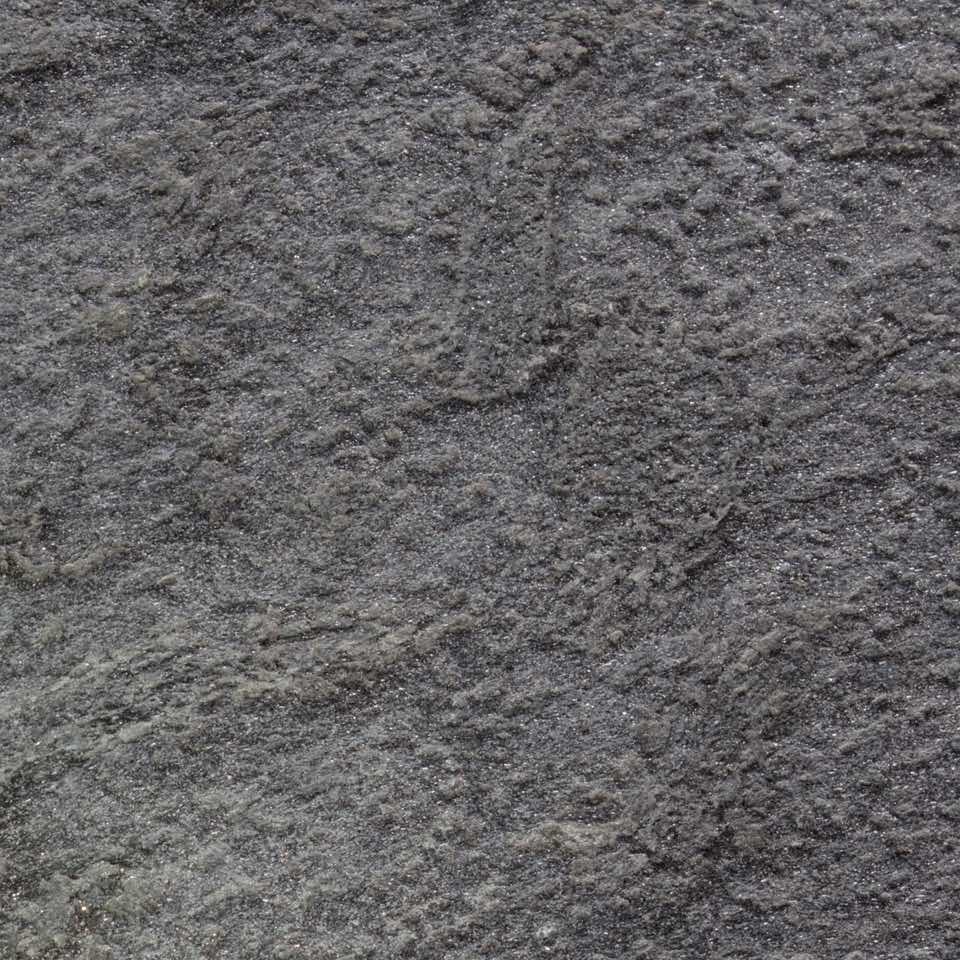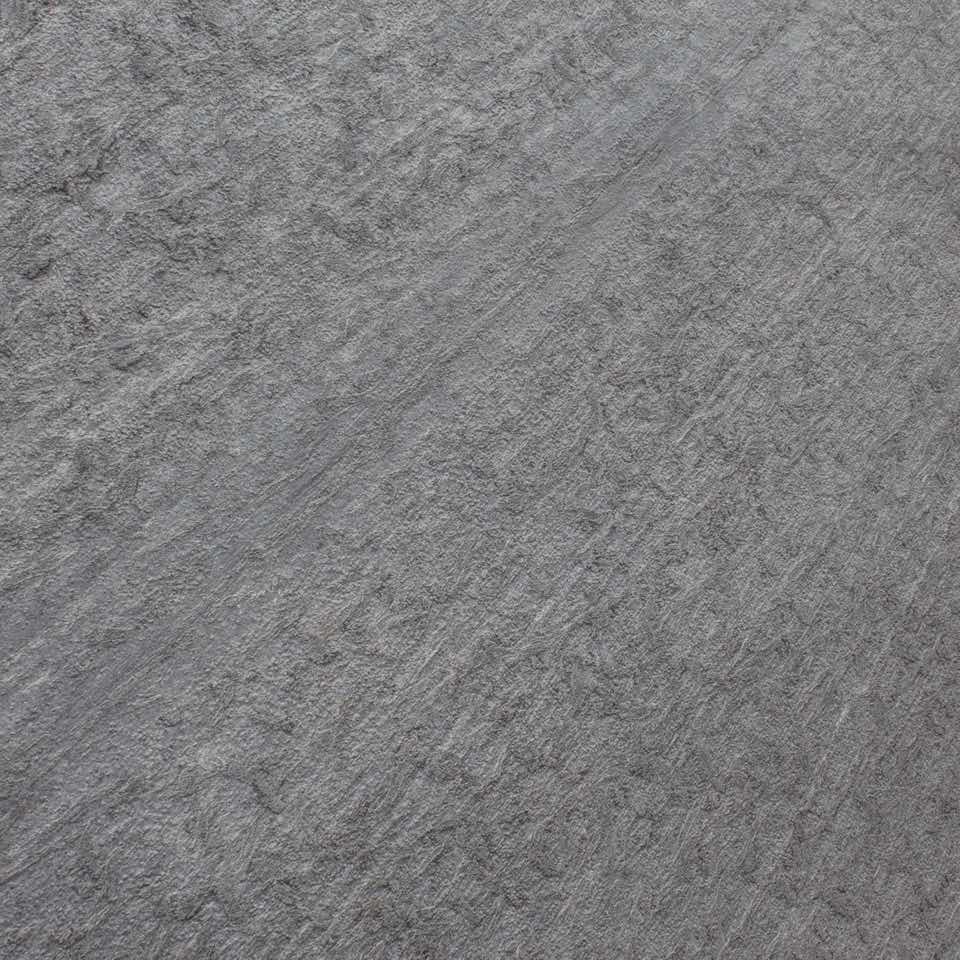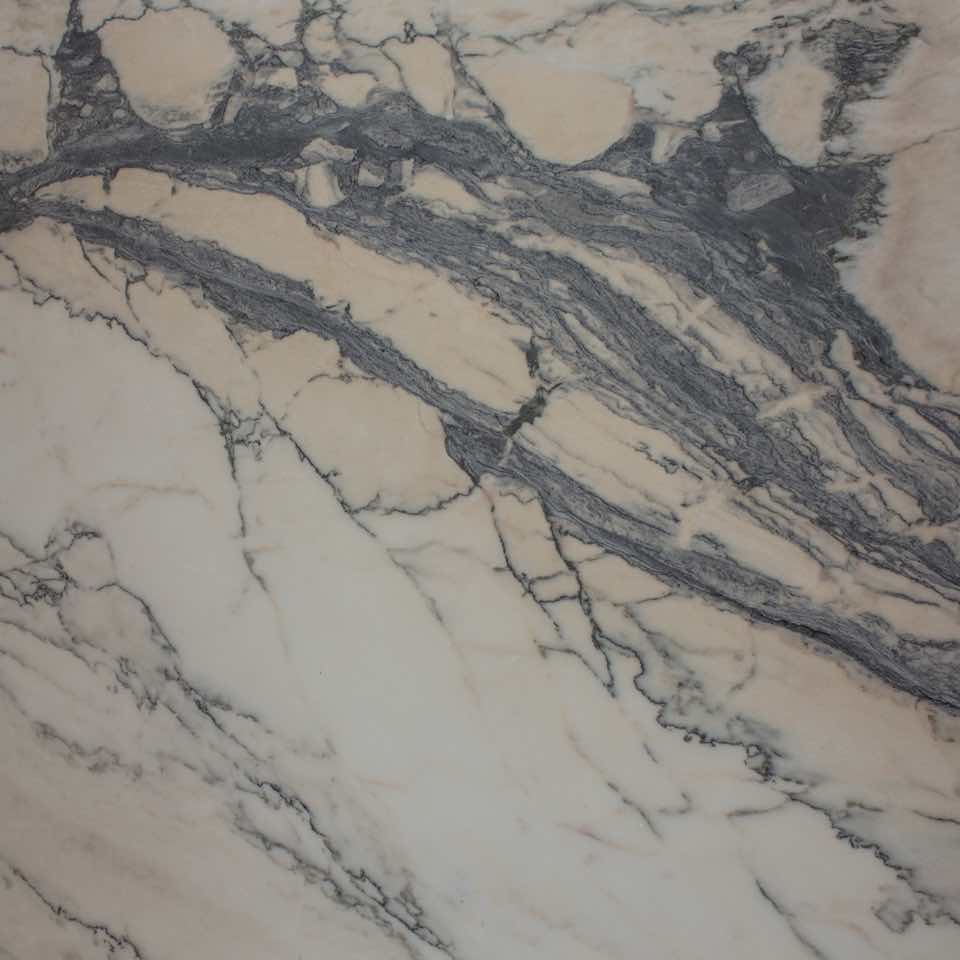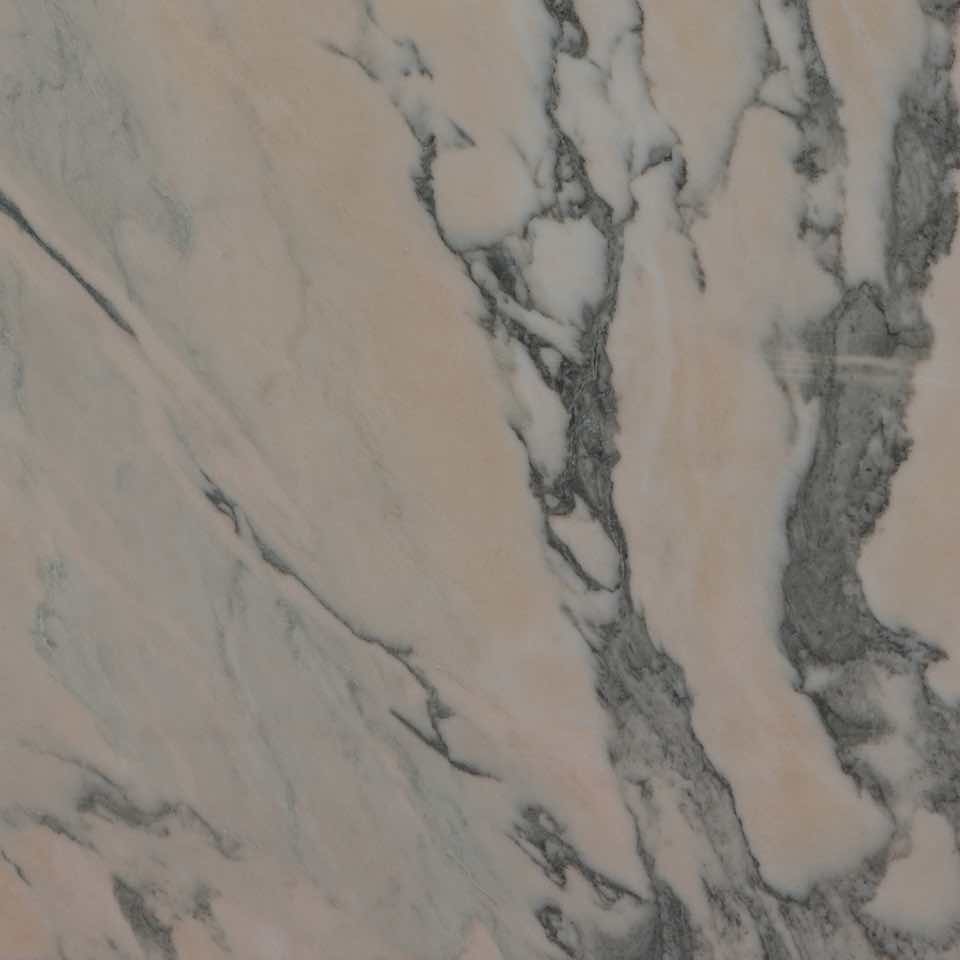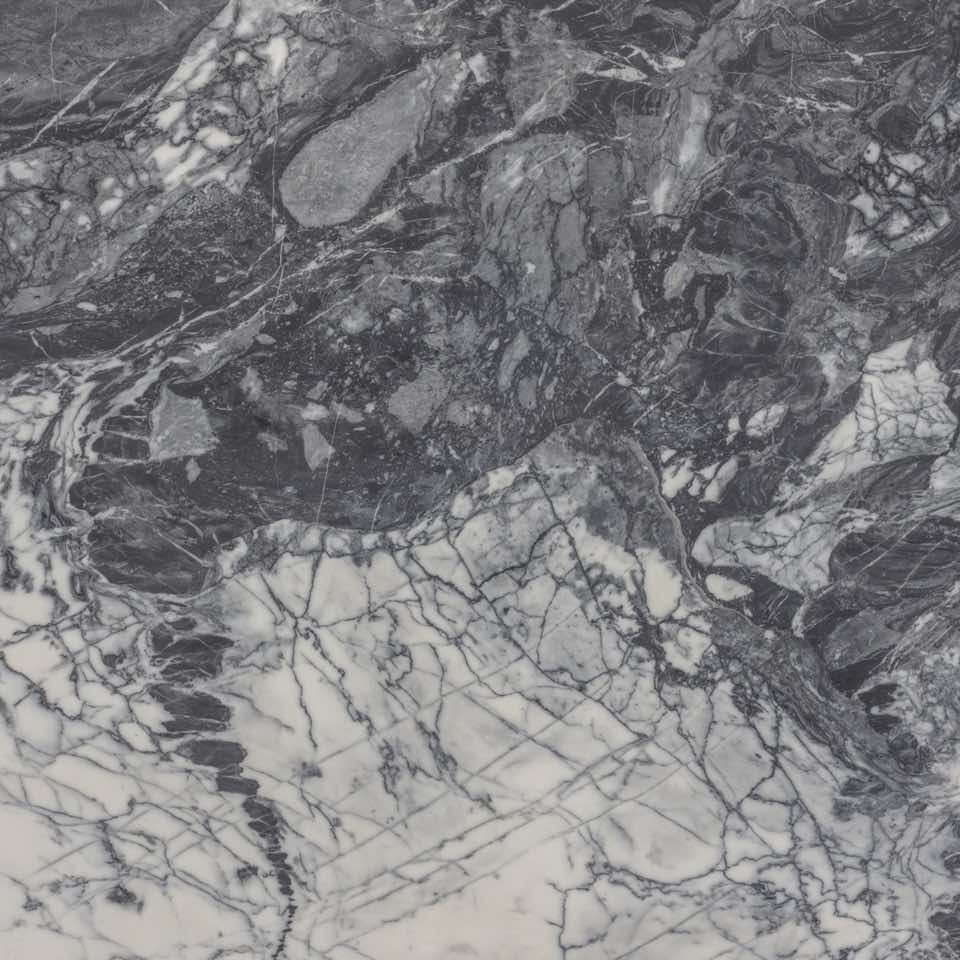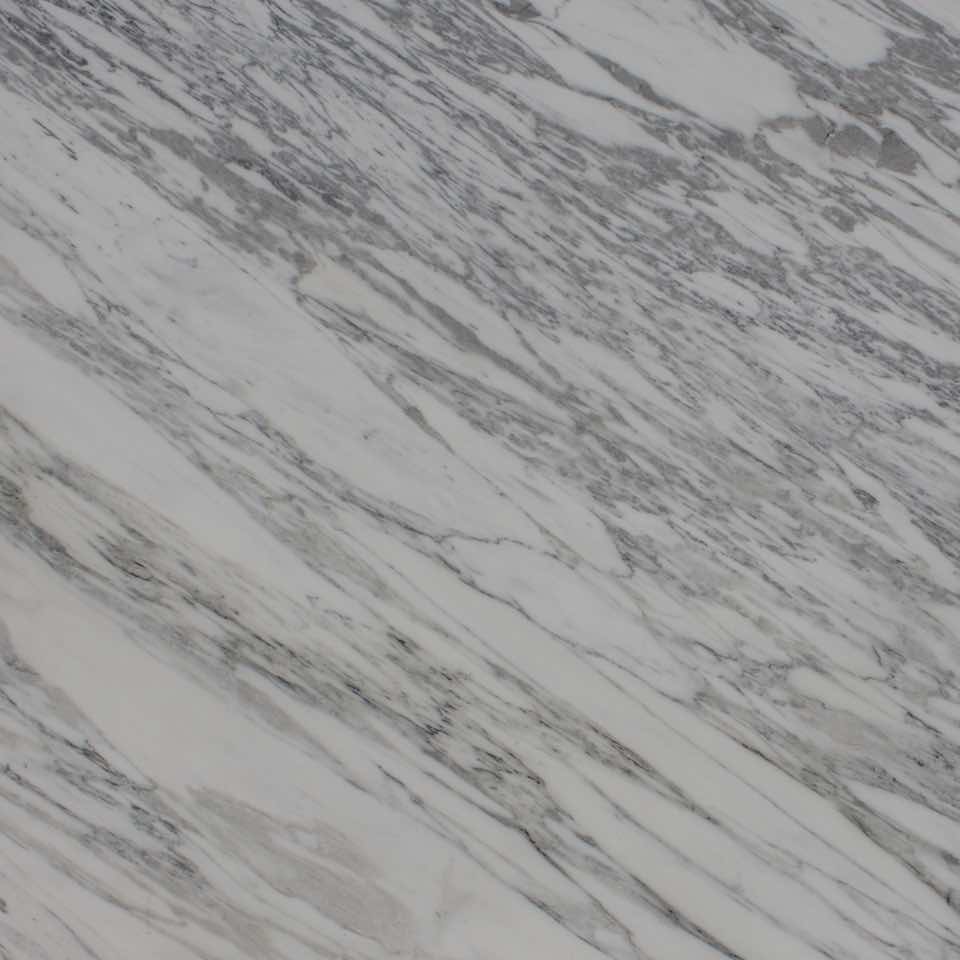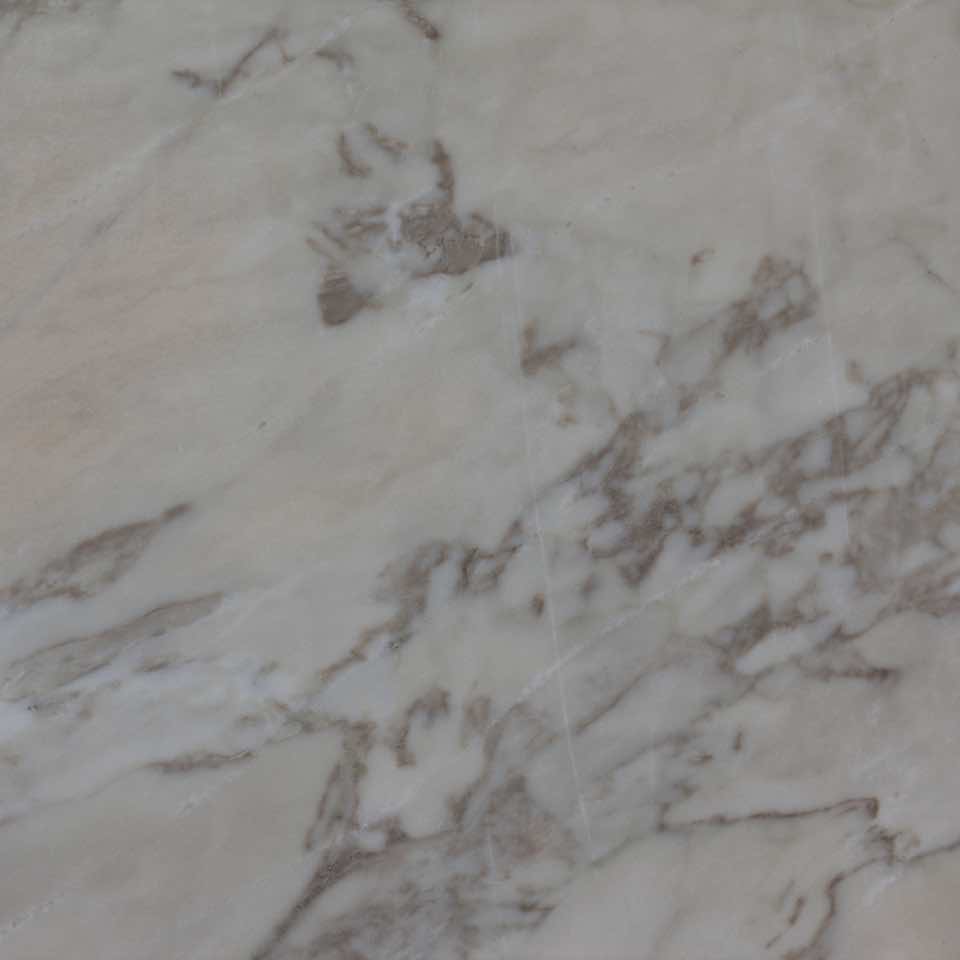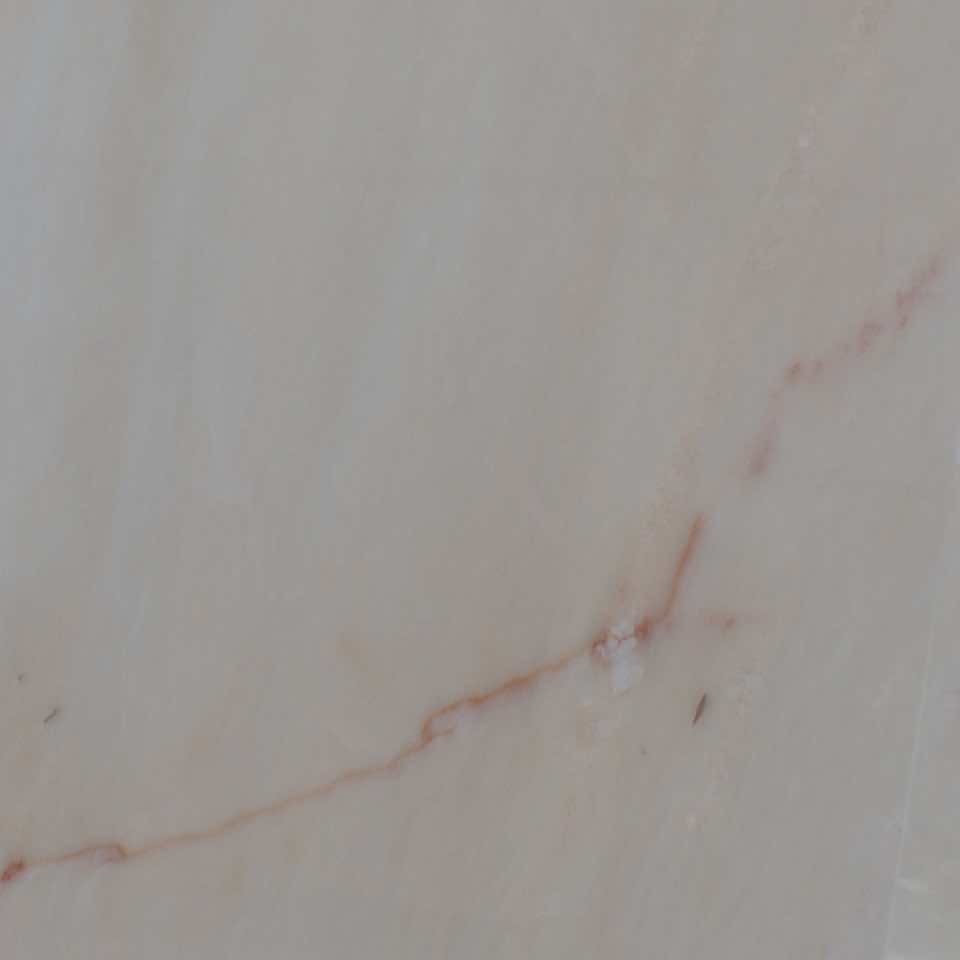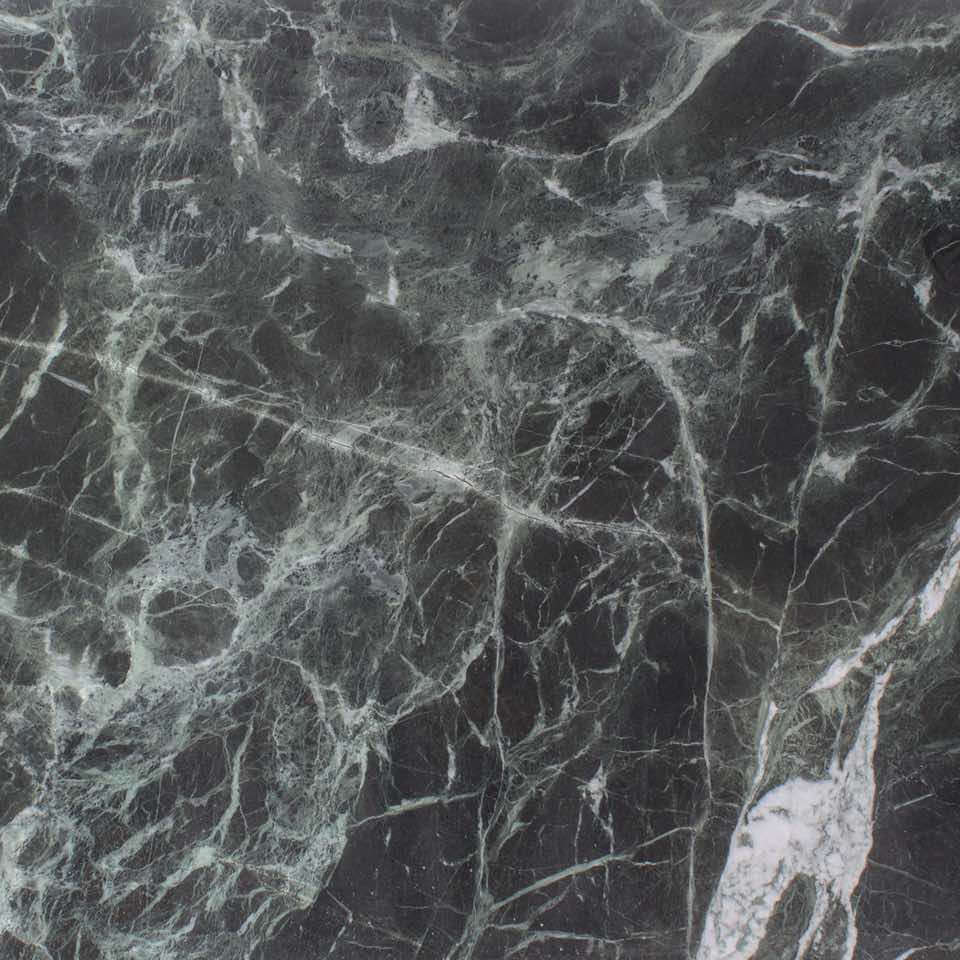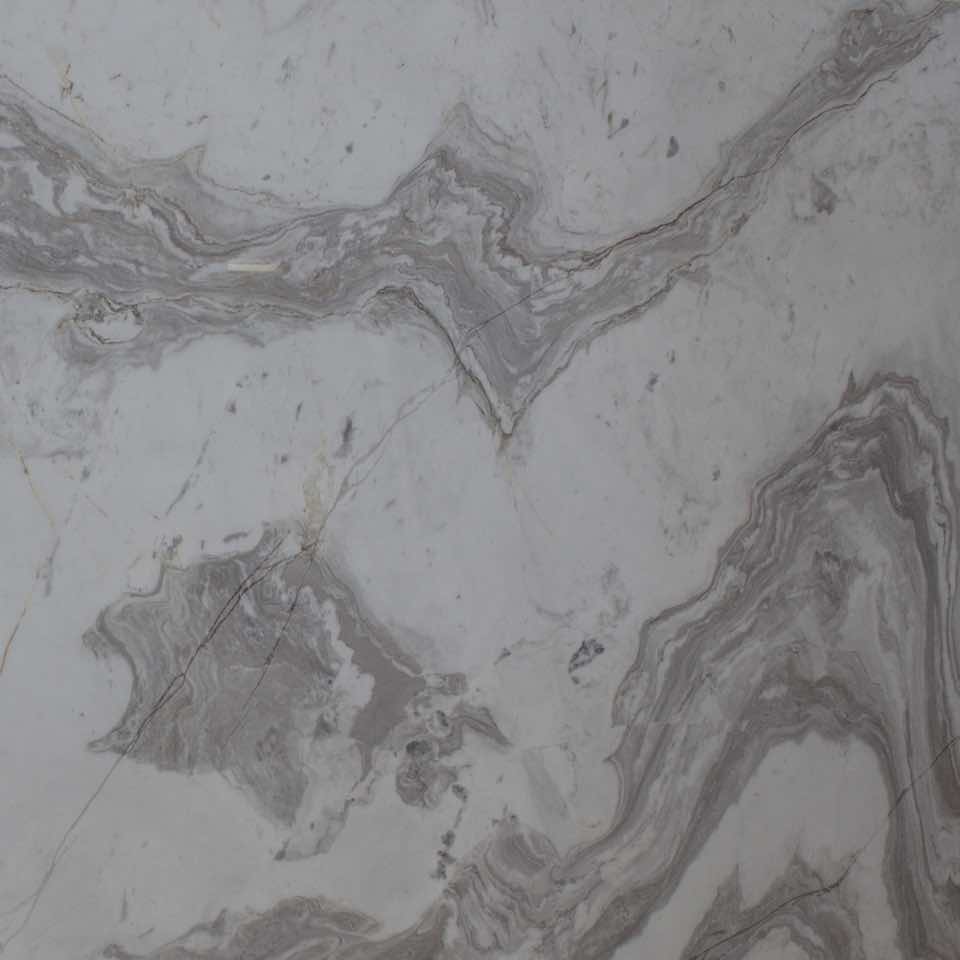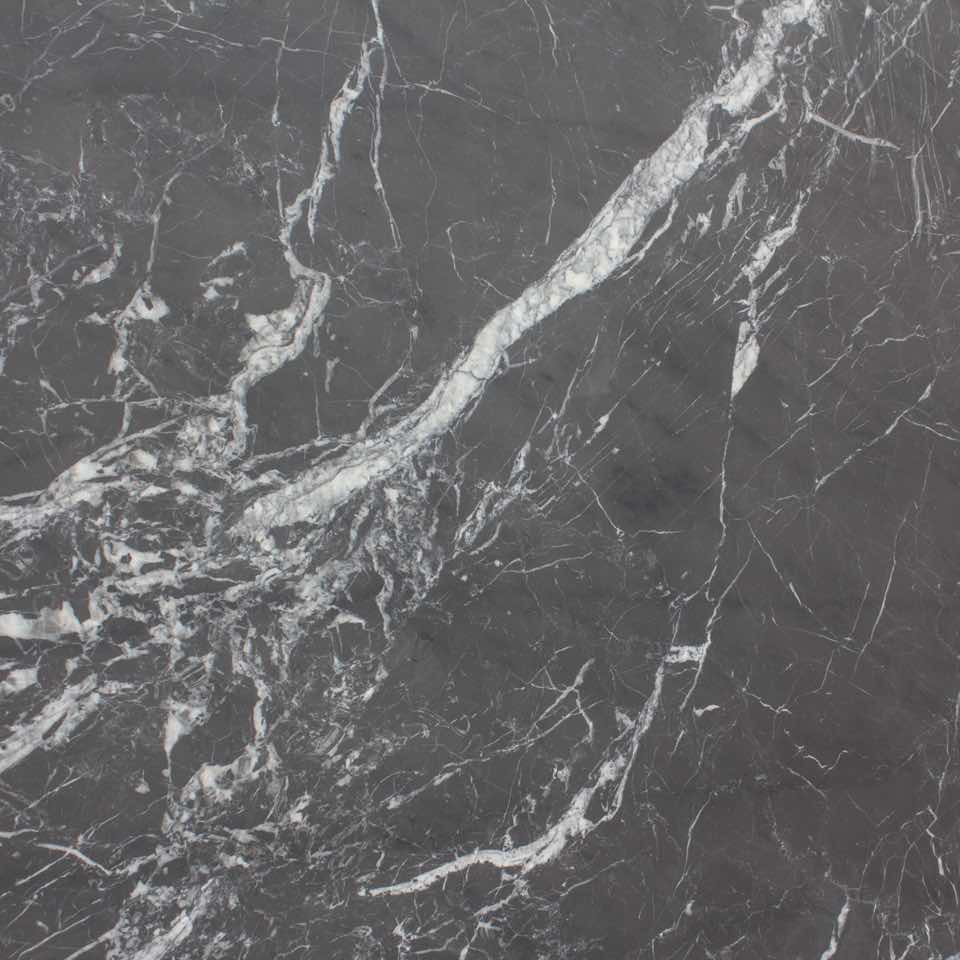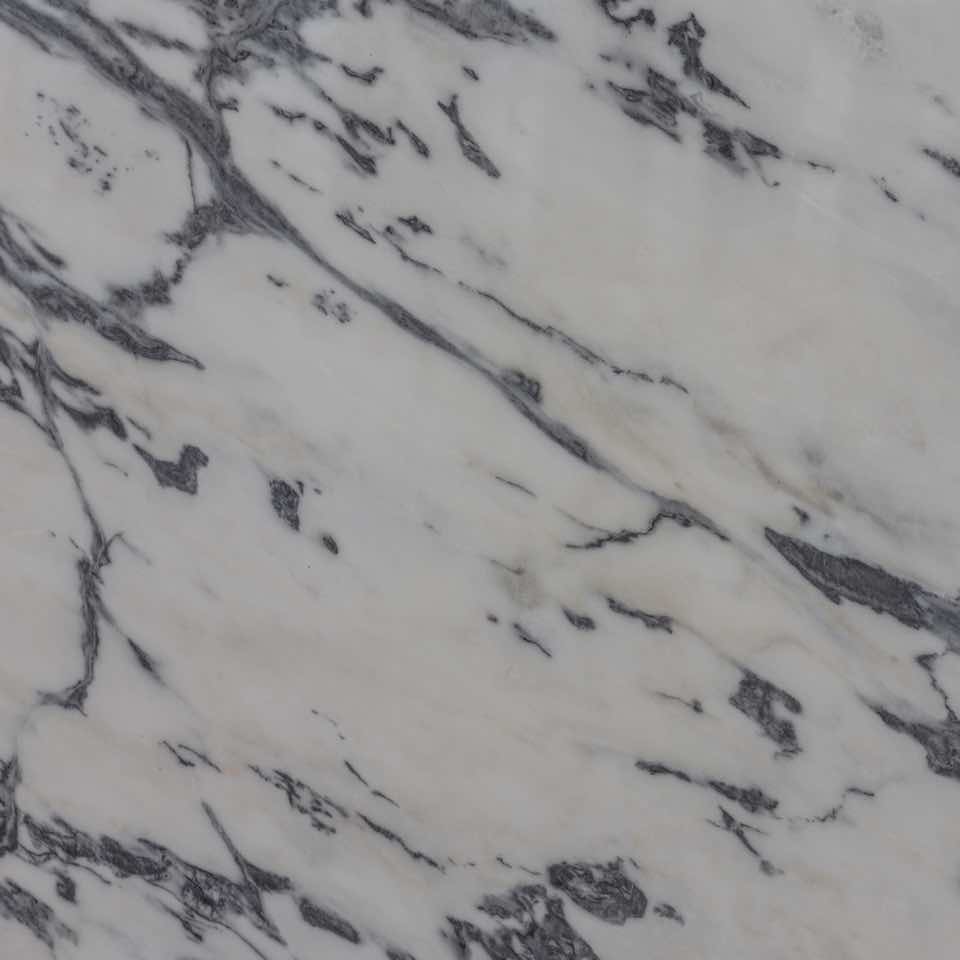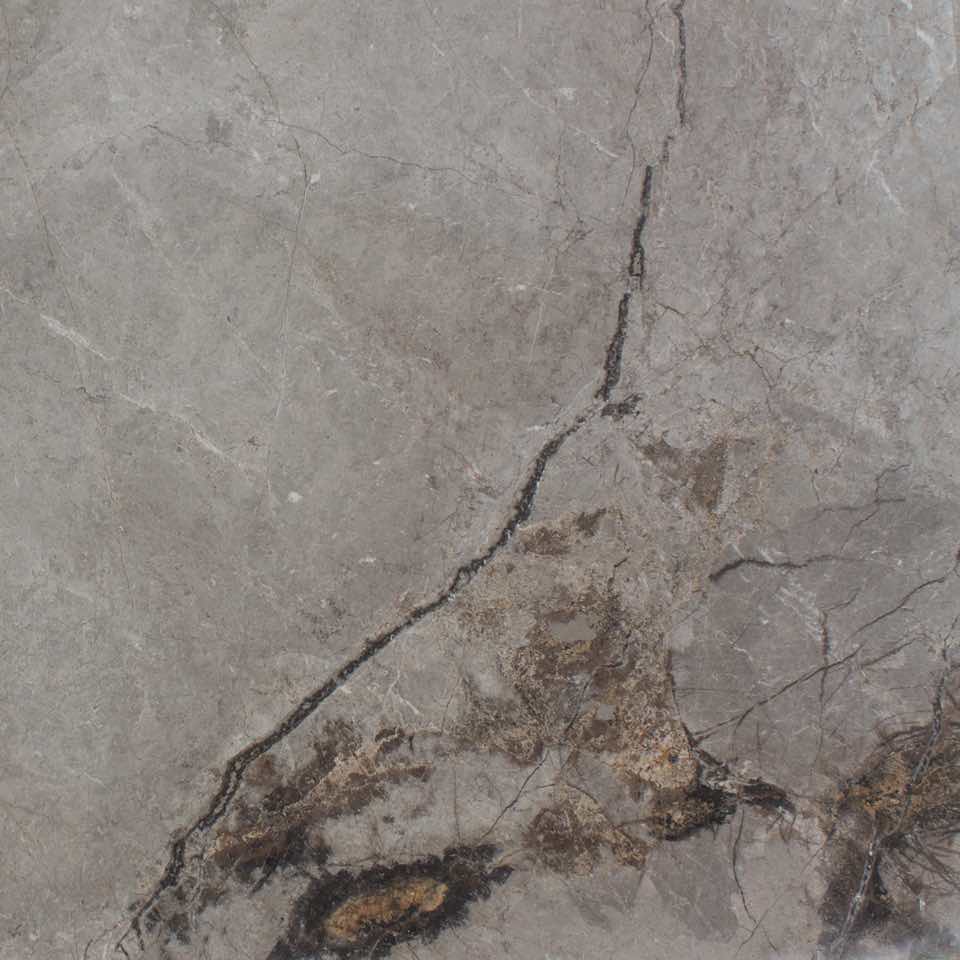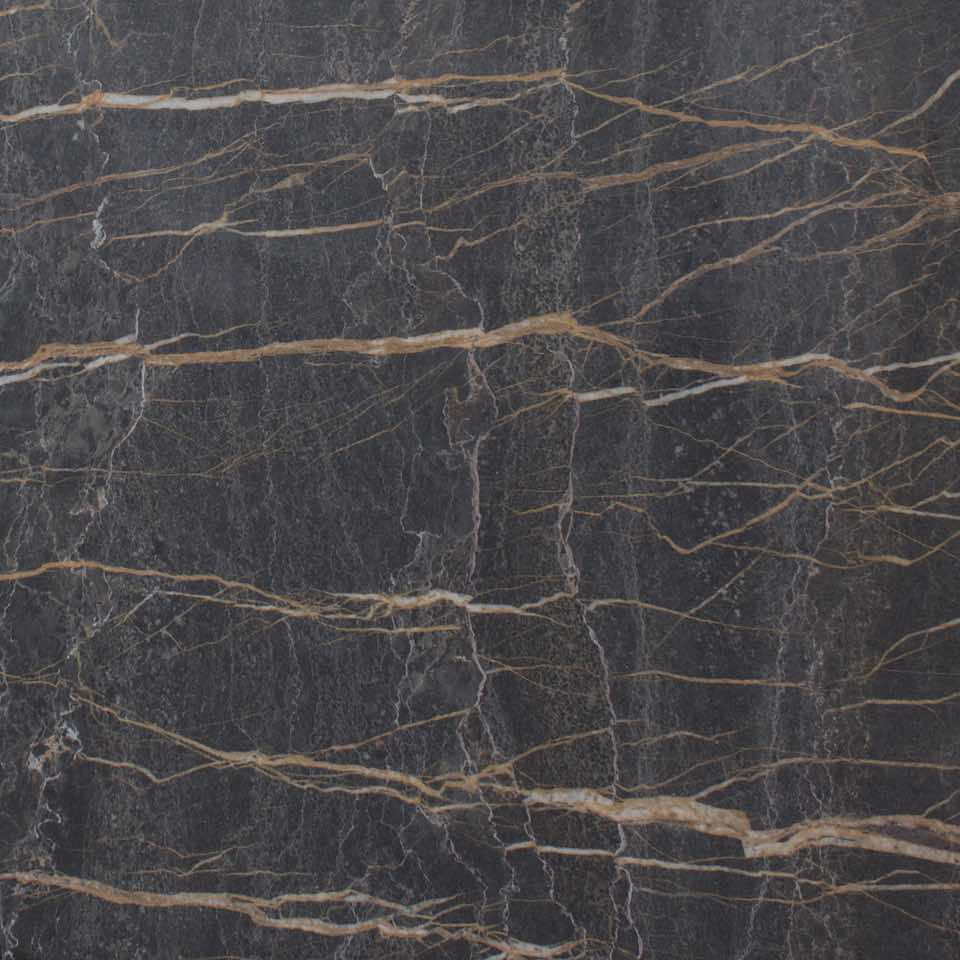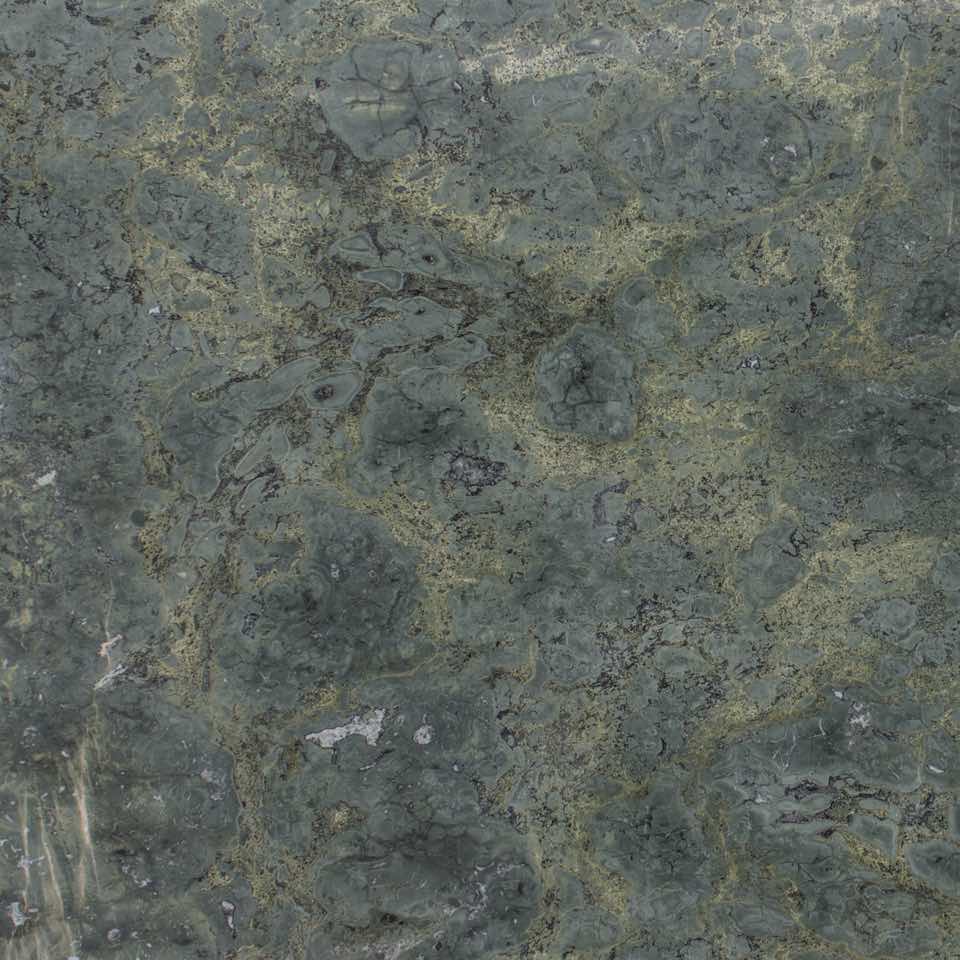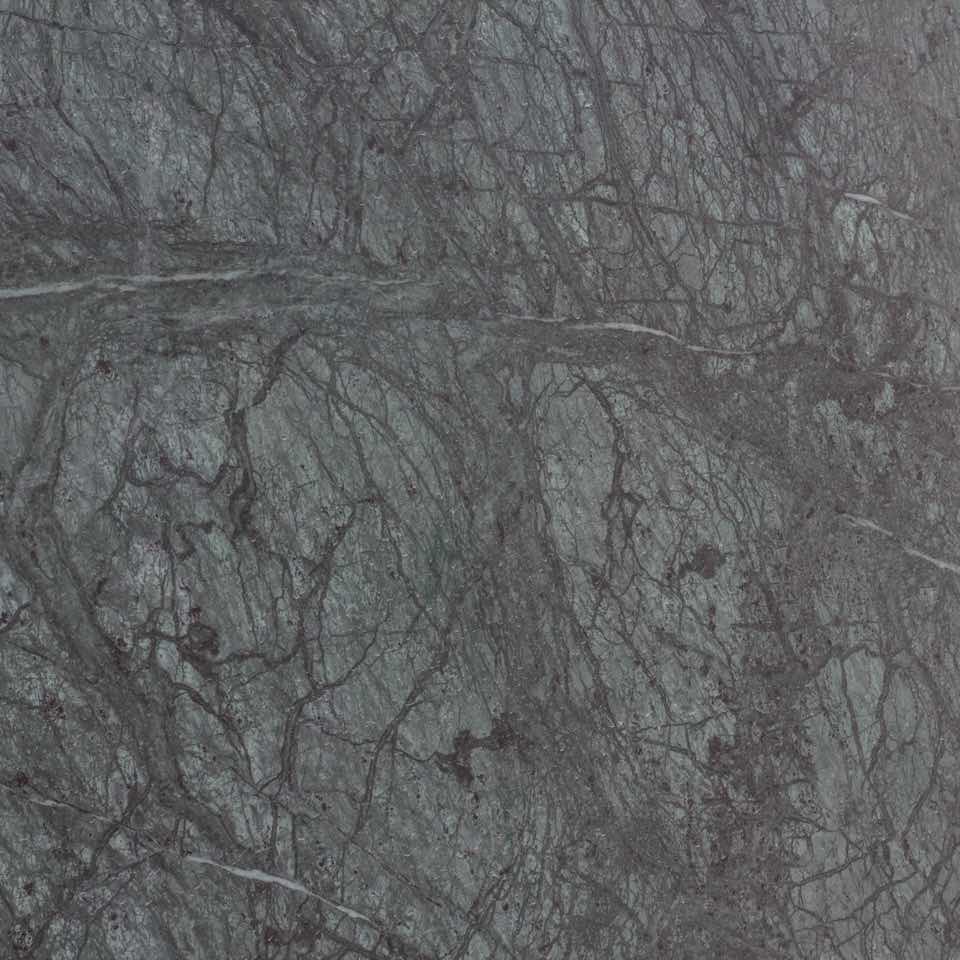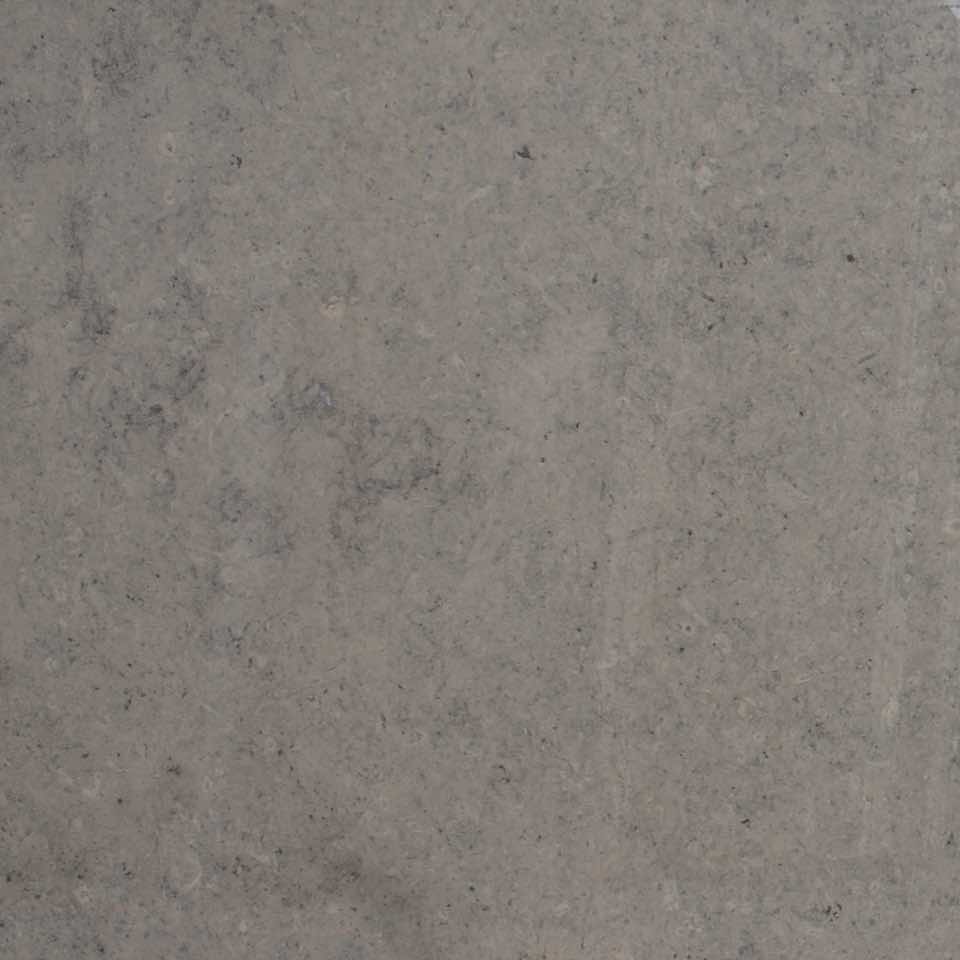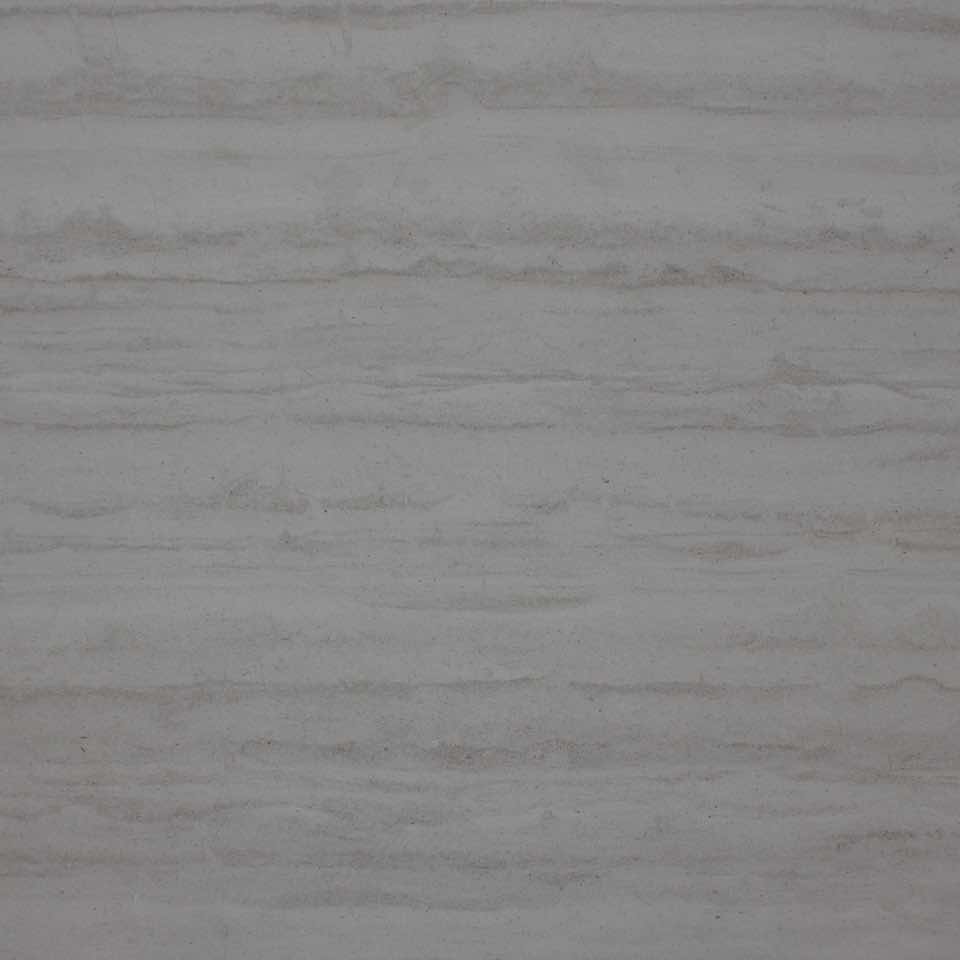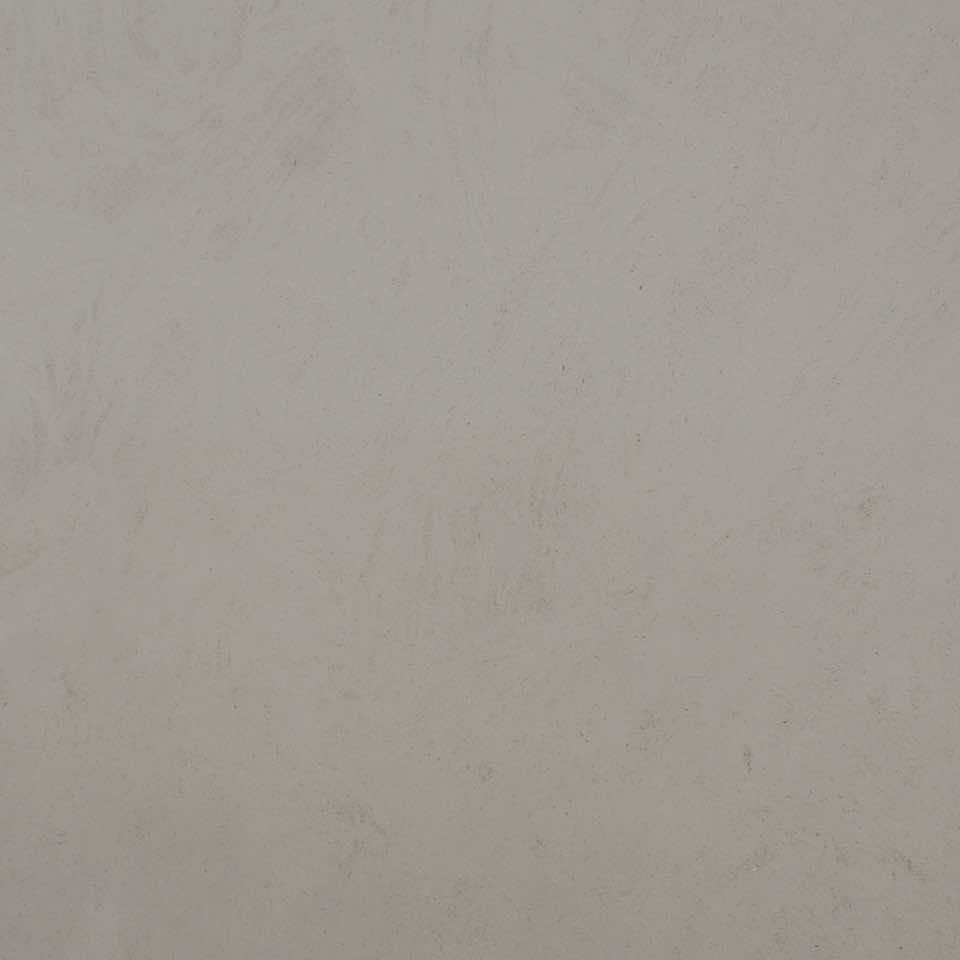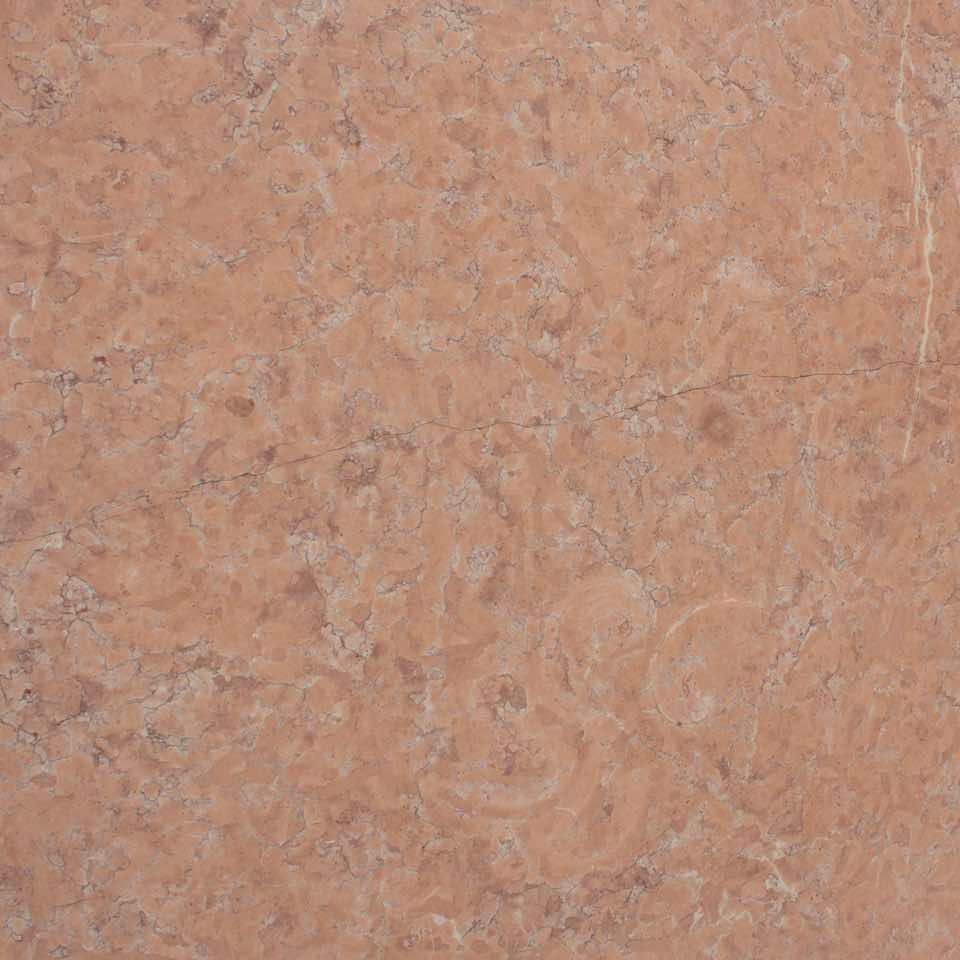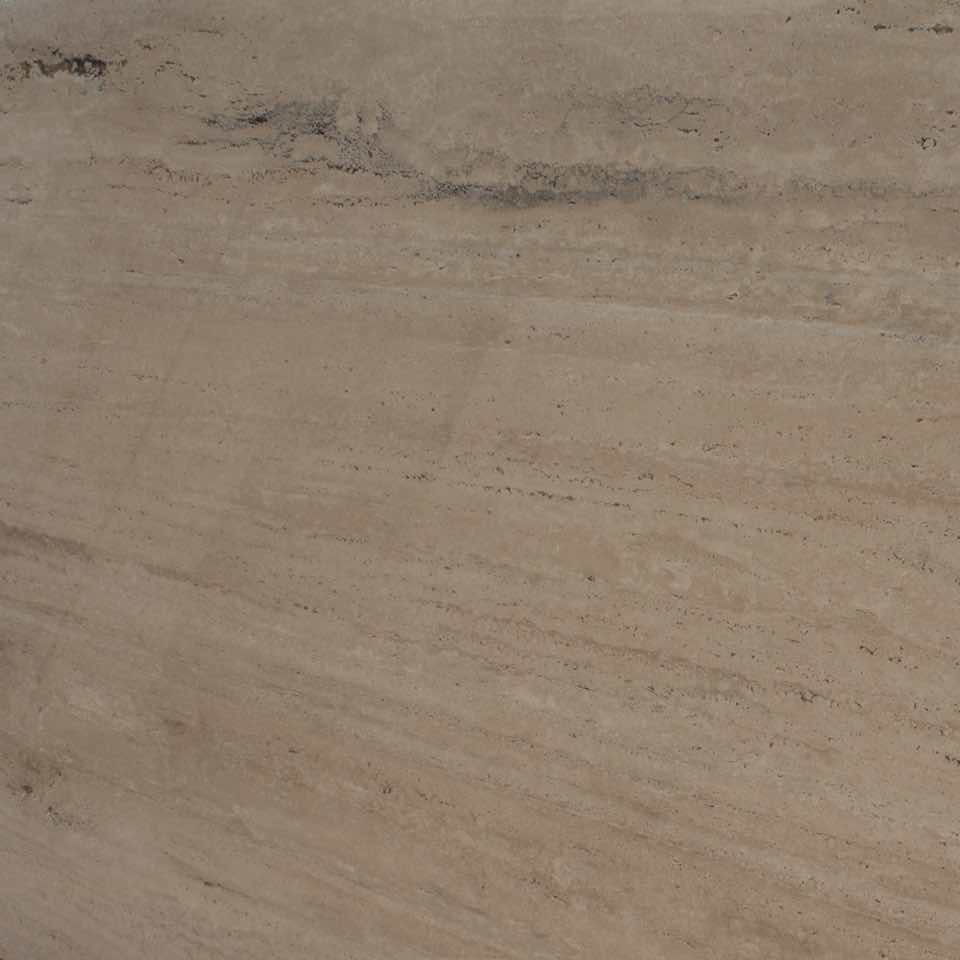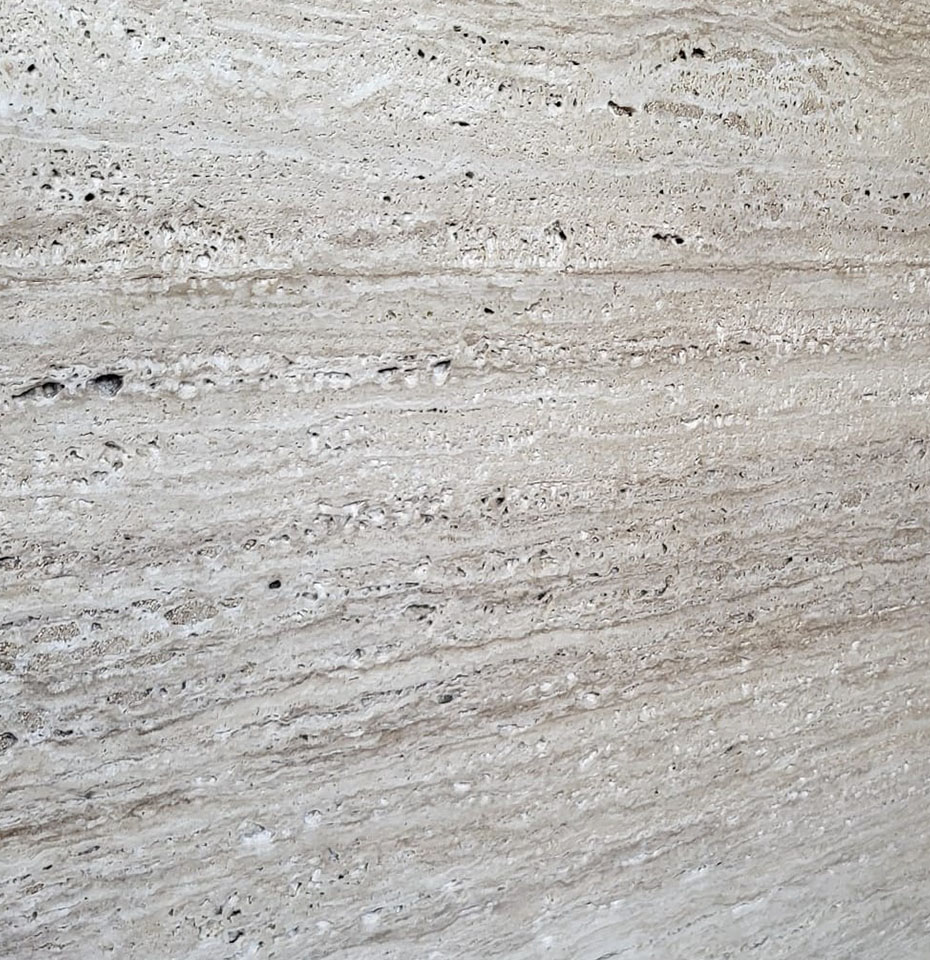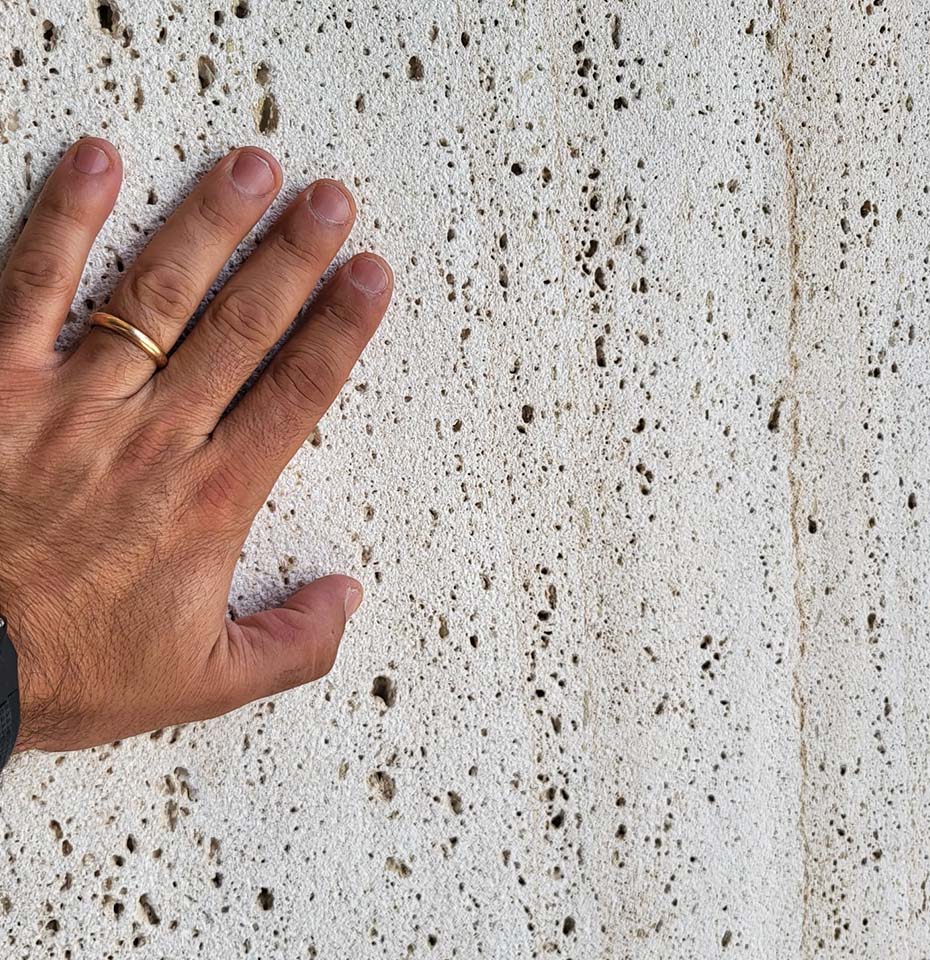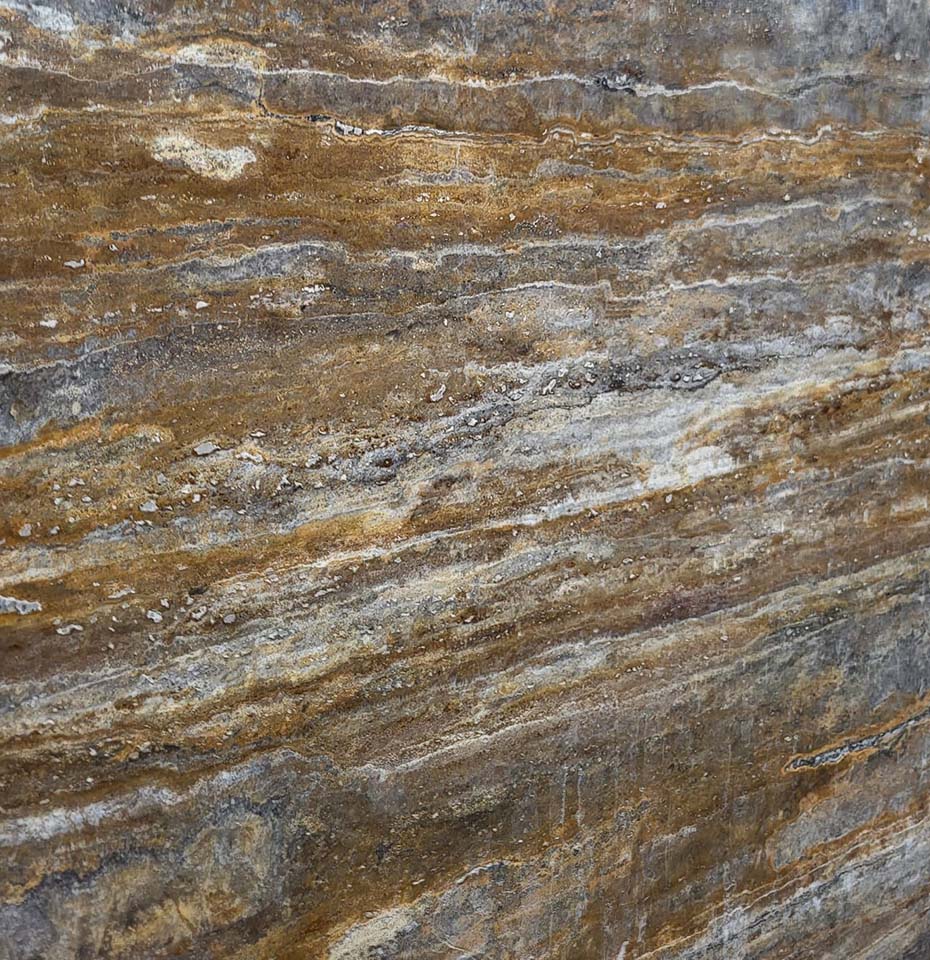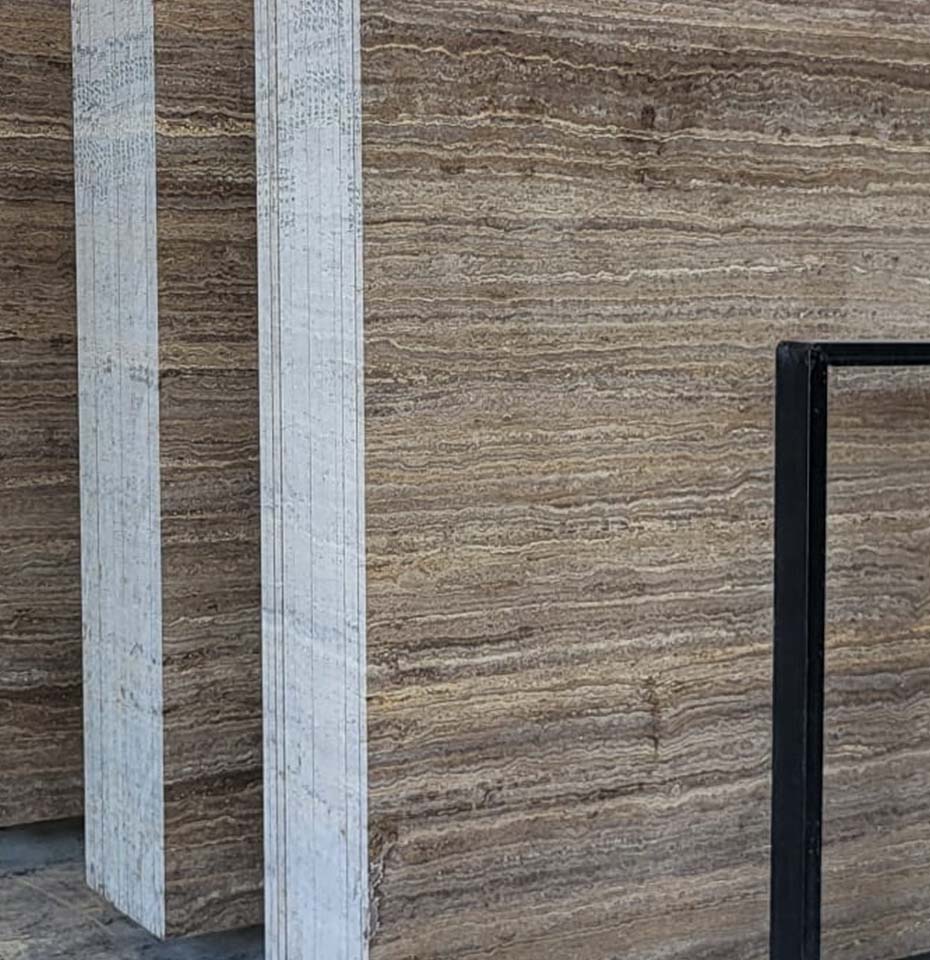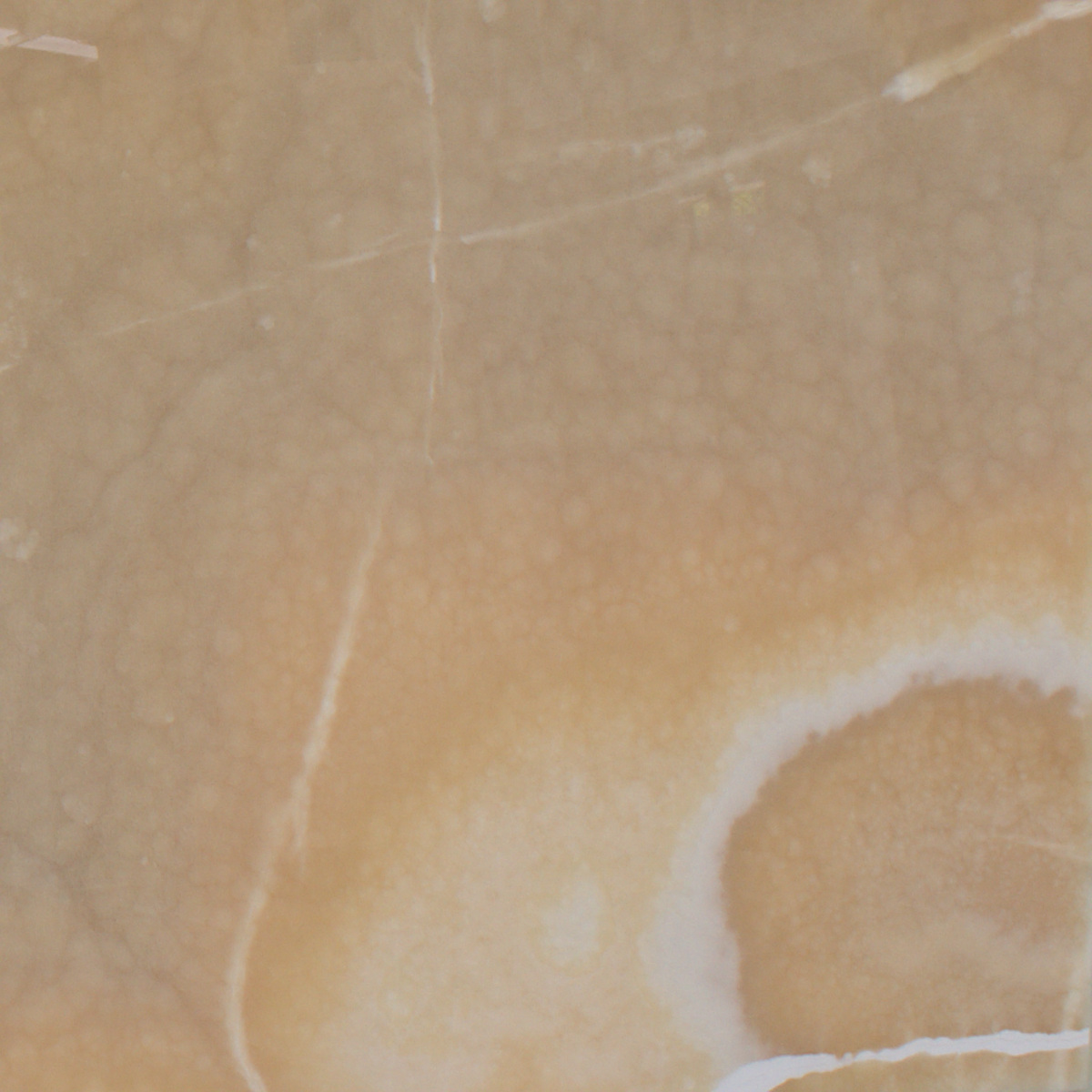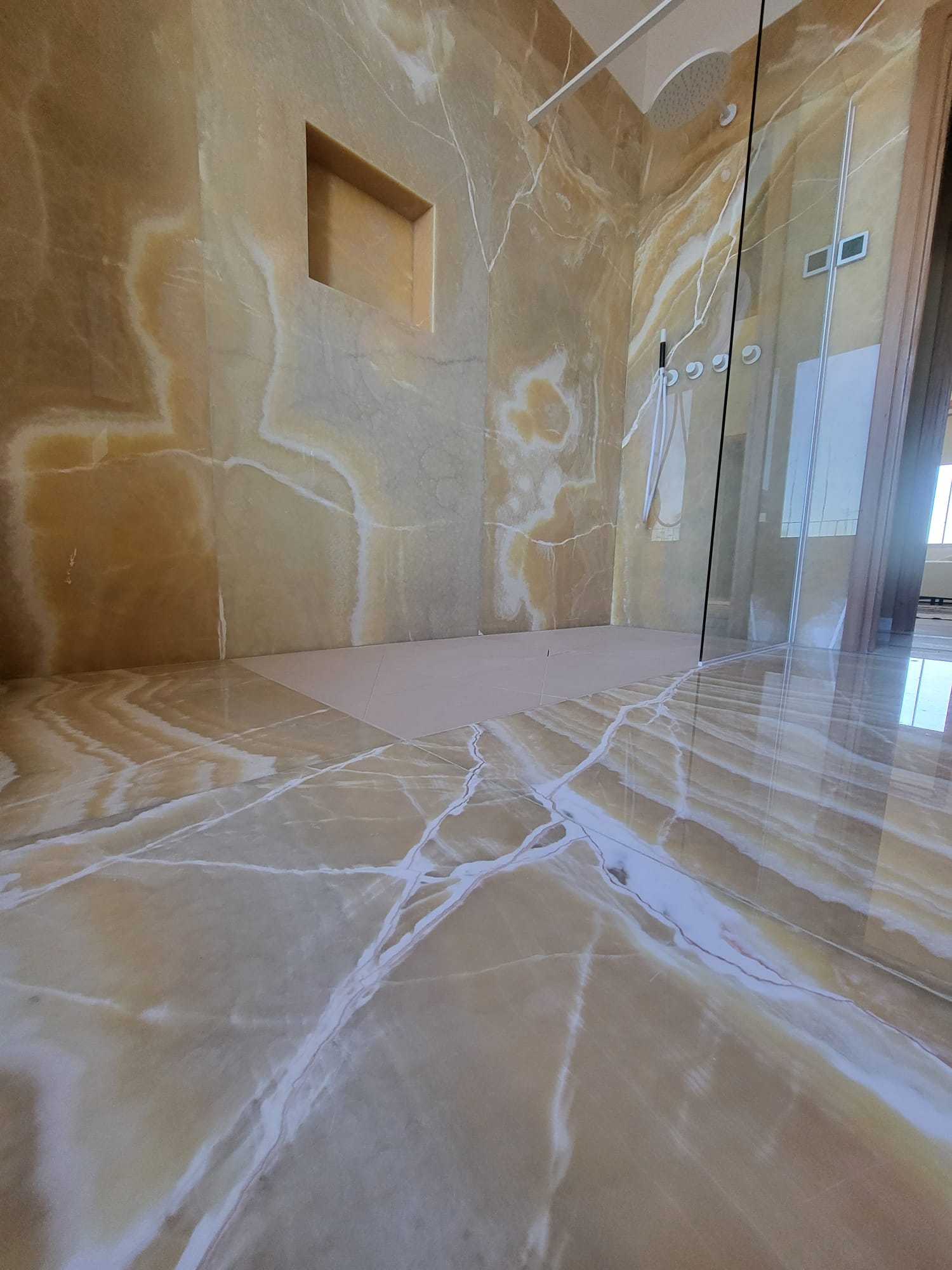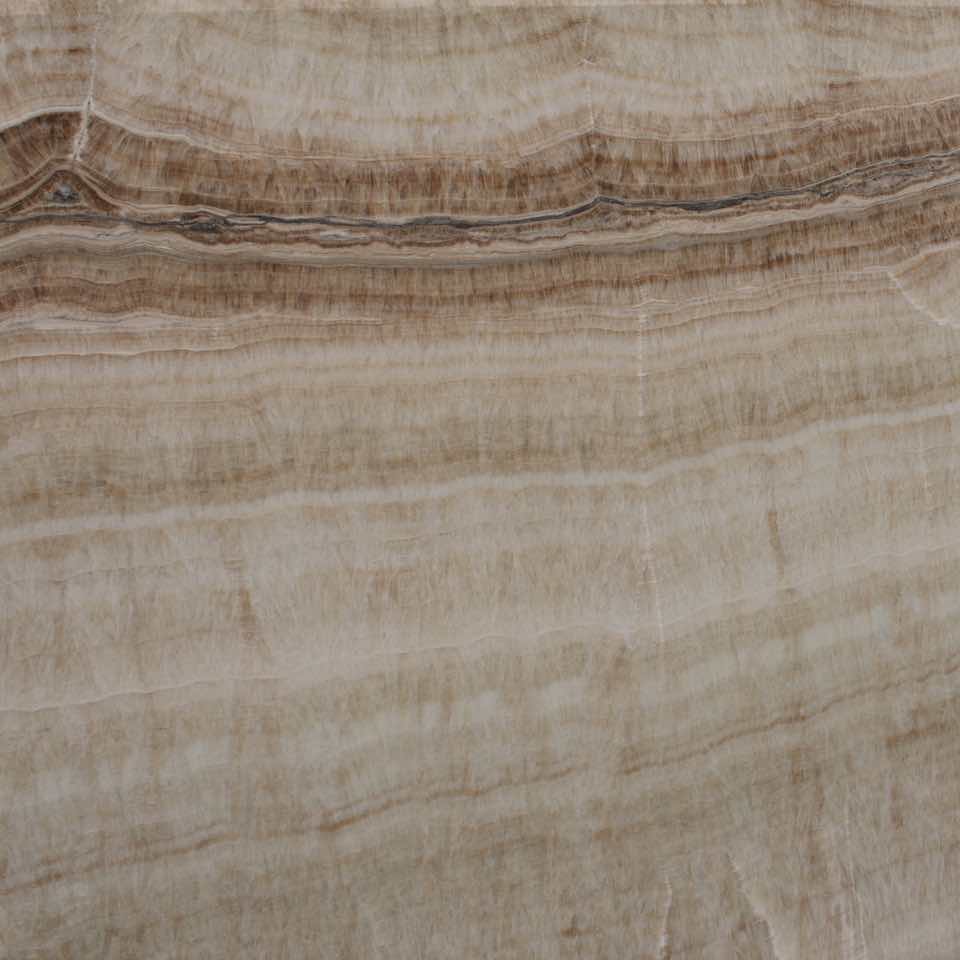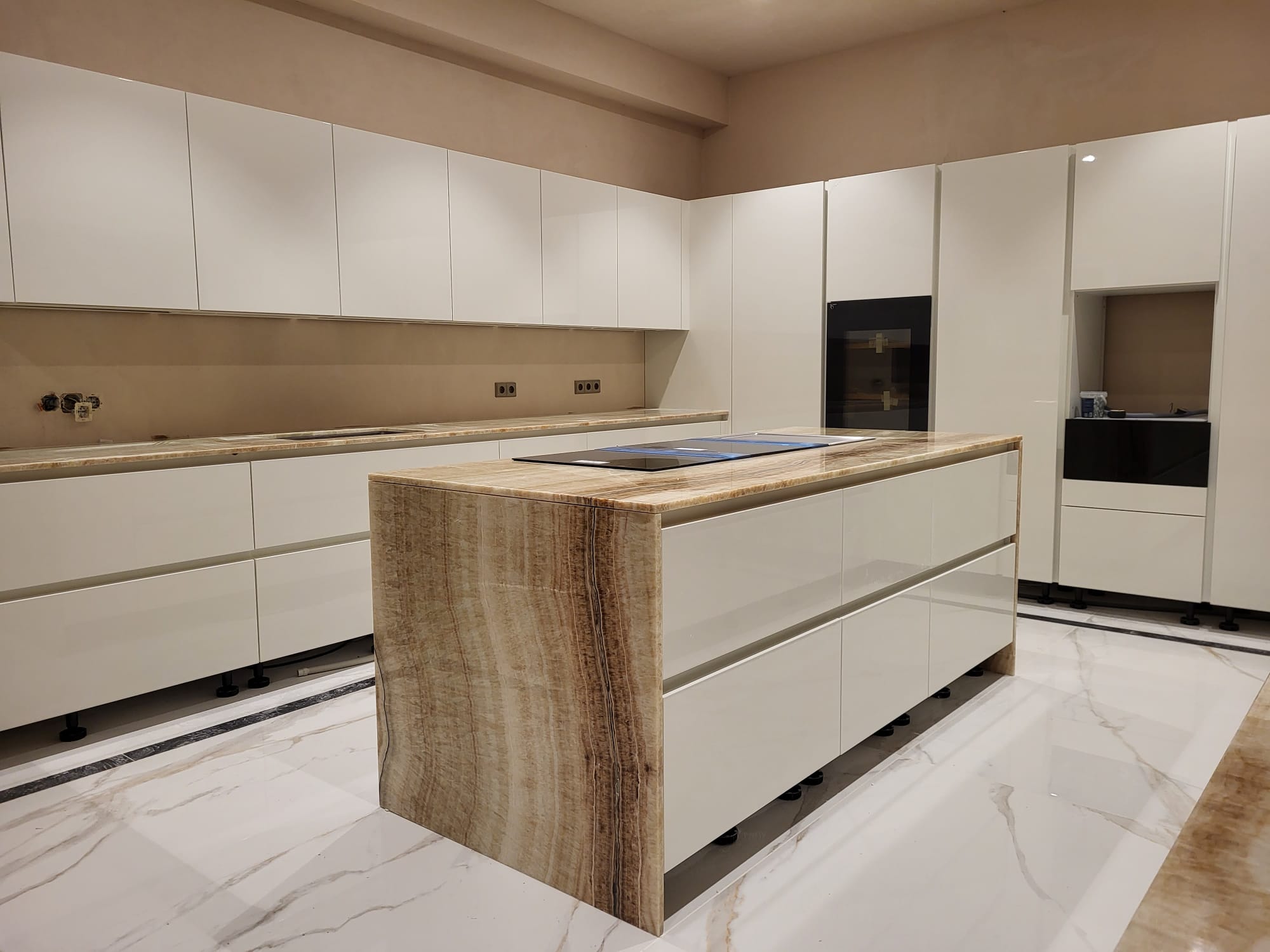Natural Stone
SELECTING
NATURAL
QUALITY
We know and preserve the places where natural stone is quarried. We work together with the most prestigious masons, adopting eco-friendly quarrying methods. Our selection of natural stone is the result of strong and very experienced partnerships between all those involved.
MARBLE
Marble is a metamorphic rock that originates in limestone which has been exposed to high temperatures and pressure. Mostly found in mountainous regions, it comes in a variety of colours, textures and veins. Tones range from white to black and include an infinite combination of intermediate colours (white, cream, black, brown, pink, green, grey, yellow, blue, etc).
Advantages
– Marble is a low-porosity durable material that is resistant to cracking.
– Each piece is unique because it is a natural material.
– It comes in a wide variety of colours and possible finishes.
Applications
– Bathroom: flooring, countertops, shower pans and bathtubs.
– Kitchen: flooring, countertops and sinks.
– Living room: flooring, wall cladding, coffee and side tables, marble-top furniture and fireplaces.
– Dining room: flooring, wall cladding, dining tables and side tables.
LIMESTONE
Limestone is a metamorphic rock that originates in limestone which has been exposed to high temperatures and pressure. It is mostly found in mountainous regions with volcanic activity. It comes in a variety of colours, textures and veins. Tones range from light cream to ash and include an infinite combination of intermediate colours.
Limestone is a sedimentary stone formed from the consolidation of sediments, seashells and other organic materials. Each piece of limestone has its own characteristic colours and markings and can vary greatly in density. Limestone is sensitive to acid and, therefore, care must be taken when choosing the correct cleaning products.
Advantages
– Limestone is a material for open spaces.
– Pieces take on a uniform appearance.
– It has a great variety of colours and finishes.
Applications
– Bathroom: flooring, countertops, shower pans and bathtubs.
– Kitchen: flooring, kitchen countertops and sinks.
– Living room: flooring, wall cladding, coffee and side tables, marble-top furniture and fireplaces.
– Dining room: flooring, wall cladding, dining tables and side tables.
– Exterior: flooring, facades, statues and balustrades.
TRAVERTINO
Travertine is a chemogenic sedimentary rock consisting of various deposits of calcium carbonate and is defined by its hollowness, caused by fresh water dissolving deposits and creating pockets of carbon dioxide. It is generally found in deposits in limestone regions and near hot springs. Tones vary between distinctly different beiges and creams ranging to reddish brown. It can have a rustic appearance, depending on the density of the orifices and surface finish, or a modern look, giving travertine marble a more velvety texture and smoother finish.
Advantages
– Resistant to impact and wear.
– Slip resistant so ideal for rooms such as bathrooms or exteriors – terraces and pools.
– Easy to install and maintain.
Applications
– Bathroom: flooring, countertops, shower pans and bathtubs.
– Kitchen: flooring, countertops and sinks.
– Living room: flooring, wall cladding, coffee and side tables, marble-top furniture and fireplaces.
– Dining room: flooring, wall cladding, dining tables and side tables.
– Swimming pools.
ONYX
Onyx is a naturally occurring material with unique characteristics. It is mostly used in prominent places or as a decorative element and is often applied on sculpted and retro pieces illuminated to highlight the stone’s depth and mineral structure.
Advantages
– High resistance to heat and UV rays.
– A “semi-precious” stone.
Applications
– Bathroom: flooring, wall cladding, sinks.
– Living room: wall cladding, coffee and side tables, stone-top furniture.
– Dining room: wall cladding, dining and side tables.
Selection of finishes
→


